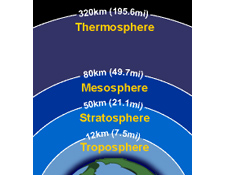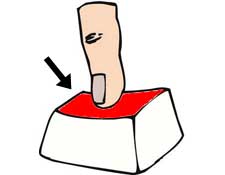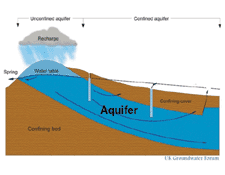Ionosphere
What is it?
The ionosphere is the layer of the earth's atmosphere starting around 70 or 80 kilometers above the earth's surface and extending up indefinitely. The ionosphere is above the mesosphere. The thermosphere is part of the ionosphere.
Give me an example!
The ionosphere is mostly composed of gasses that have been ionized by ultraviolet radiation from the sun and is jam-packed full of free electrons (not attached to atoms). But the coolest thing about the ionosphere is that it reflects radio transmissions, making it possible to bounce radio waves off of it and communicate with people in other hemispheres!






































